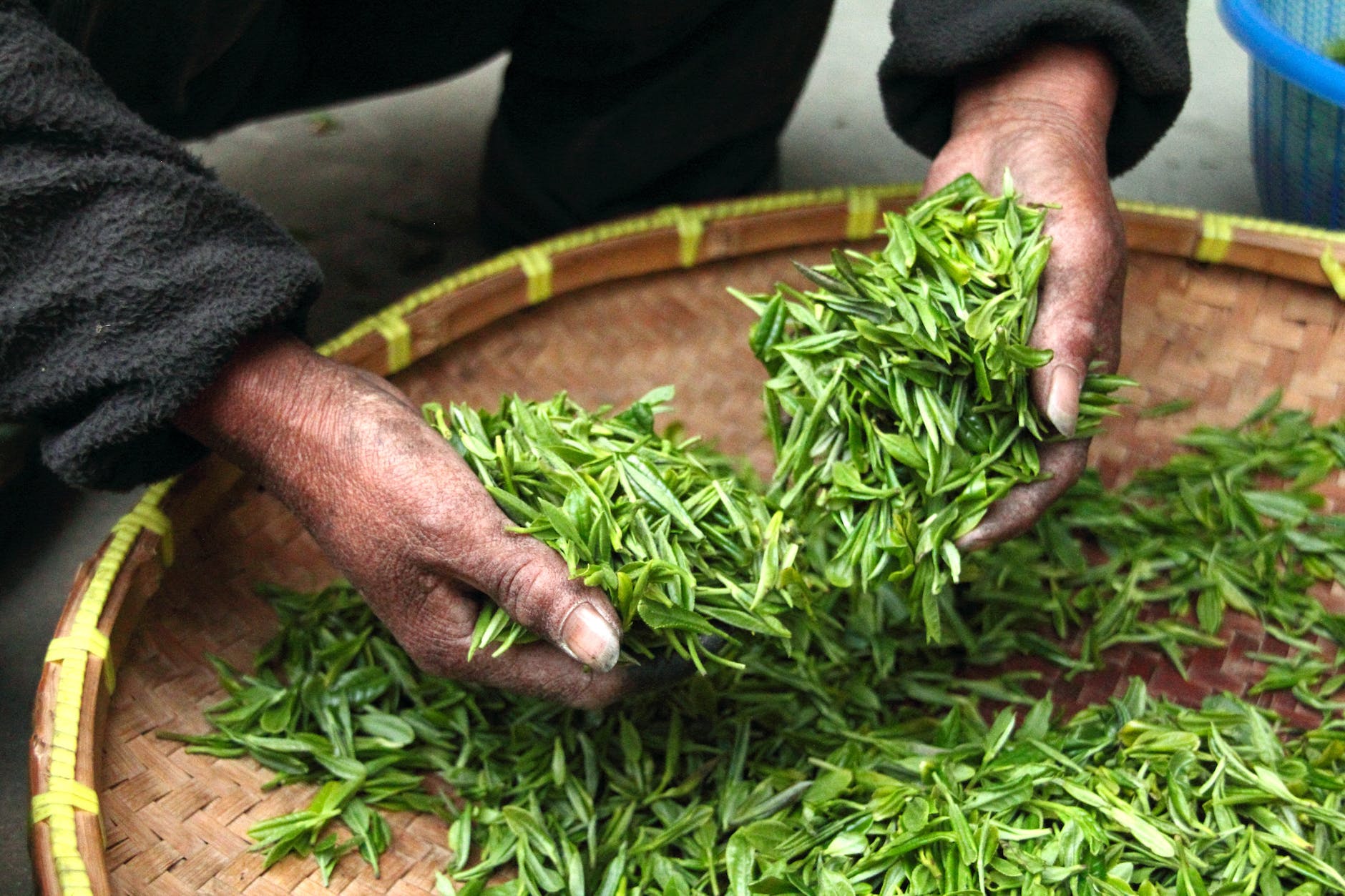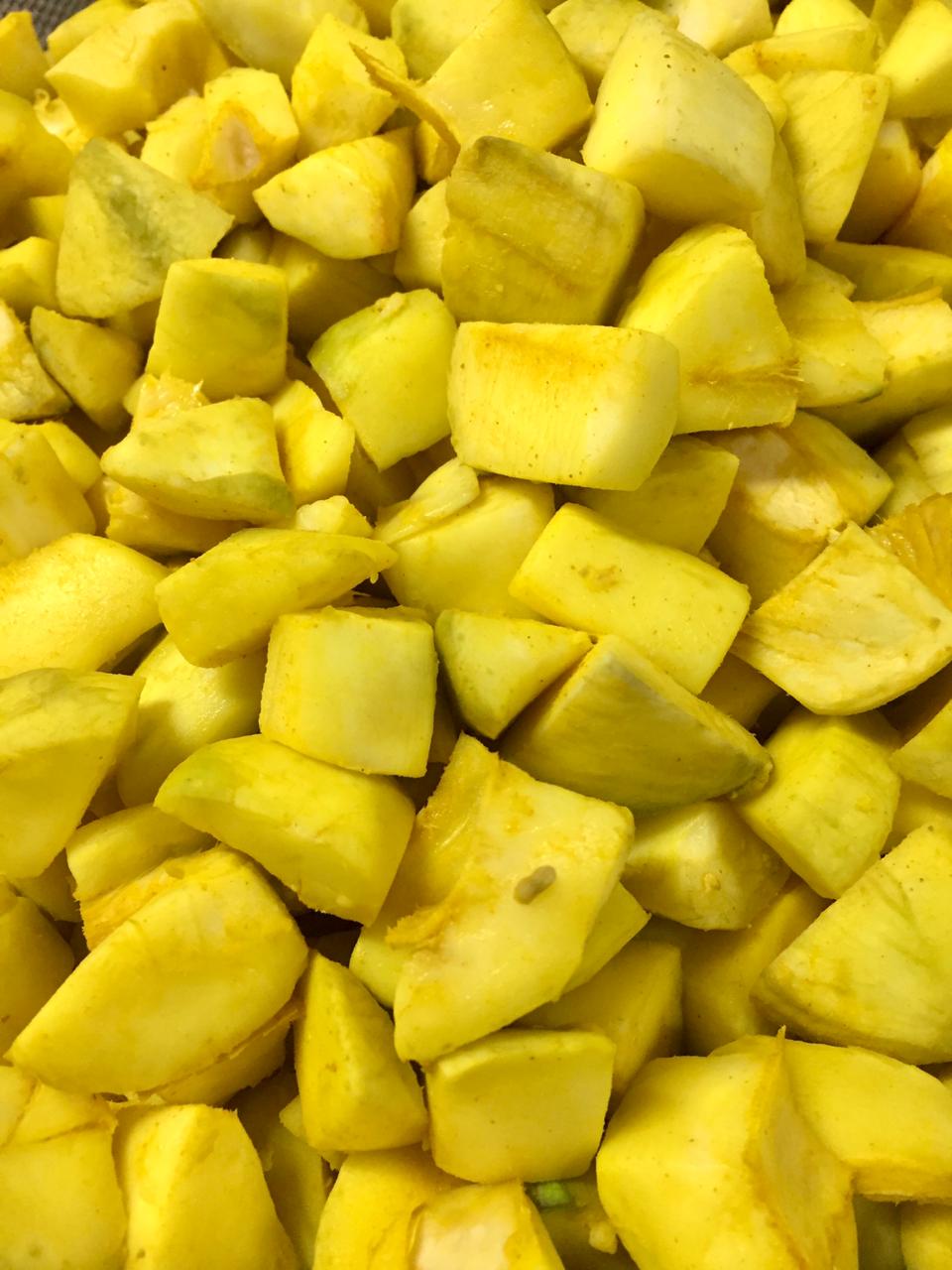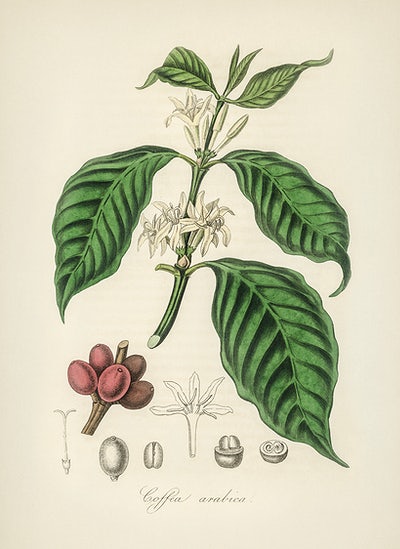
In a world that seeks serenity and wellness, where each sip brings a moment of tranquility and rejuvenation, green tea emerges as a cherished companion on our journey towards health and balance. Green tea, celebrated for its numerous health benefits and unique flavor profile, has captured the hearts of tea enthusiasts around the globe. It is within this realm of tea appreciation that we embark on a journey to discover the crème de la crème, the pinnacle of green tea excellence that promises an extraordinary experience for both the body and the soul. Get ready to immerse yourself in the world of green tea elegance! 🍵🌿
Green tea, with its vibrant green leaves and distinct aroma, has been revered for centuries for its potential to promote wellness and provide a moment of respite in our fast-paced lives. Whether enjoyed in its purest form or blended with aromatic herbs and fruits, green tea offers a diverse range of flavors and characteristics that awaken the senses and uplift the spirit.
Join us now as we unveil the five most exquisite green teas in the world, each boasting a unique character, exceptional quality, and a taste that transports you to the lush tea gardens where they are grown. Let’s explore the realm of green tea sophistication, where tradition meets innovation, and indulgence knows no bounds.
5️⃣ Matcha: The Green Elixir 🍵 Our journey begins with Matcha, a vibrant powdered green tea that has taken the world by storm. Originating from Japan, Matcha is made from shade-grown tea leaves that are carefully ground into a fine powder. This special cultivation method enhances the concentration of antioxidants, resulting in a tea that is not only rich in flavor but also packed with health benefits. When whisked with hot water, Matcha creates a frothy, vibrant green beverage with a uniquely creamy and slightly sweet taste. Known for its calming and energizing effects, Matcha has become a beloved choice for tea ceremonies and daily rituals. Prices for high-quality Matcha can range from $20 to $50 per ounce (approximately INR 1,400 to INR 3,500).
4️⃣ Dragon Well (Longjing): The Jewel of Chinese Tea 🐉🍵 From the misty hills of Hangzhou, China, comes Dragon Well tea, known in Chinese as Longjing. Renowned for its flat, spear-shaped leaves and delicate chestnut aroma, Dragon Well tea is an emblem of Chinese tea culture. The leaves are hand-harvested in early spring and meticulously pan-fired to achieve their signature shape and flavor. When brewed, Dragon Well tea offers a fresh, crisp taste with subtle vegetal notes and a lingering sweetness. It is often praised for its gentle and smooth character, making it a popular choice for those seeking a soothing and refreshing tea experience. Prices for Dragon Well tea can range from $30 to $70 per 50 grams (approximately INR 2,000 to INR 5,000).
3️⃣ Gyokuro: The Jewel of Japanese Tea 💎🍵 Prepare to be transported to the mist-covered tea gardens of Japan, where Gyokuro tea reigns supreme. Considered the pinnacle of Japanese tea craftsmanship, Gyokuro is shaded for several weeks before harvest, resulting in leaves that are rich in chlorophyll and amino acids. This shading process creates a tea that is vibrant green in color and possesses a mellow, umami flavor profile. With each sip of Gyokuro, you’ll discover a delicate balance of sweetness and vegetal notes, accompanied by a smooth and buttery mouthfeel. The unique cultivation and meticulous care involved in producing Gyokuro contribute to its elevated price, ranging from $40 to $80 per 50 grams (approximately INR 2,800 to INR 5,600).
2️⃣ Silver Needle (Bai Hao Yin Zhen): The Elixir of Elegance 🌸🍵 Our journey continues to the Fujian province in China, where Silver Needle tea, also known as Bai Hao Yin Zhen, captivates with its delicate beauty and refined flavors. Crafted from the unopened buds of the tea plant, which are covered in fine white hairs, Silver Needle tea exudes elegance and grace. When brewed, it unveils a pale, straw-colored infusion with a subtle floral aroma and a mild, sweet taste. The smooth, velvety texture of Silver Needle tea caresses the palate, leaving a refreshing and lingering sensation. Due to its limited availability and the meticulous hand-picking process, Silver Needle tea is priced between $50 and $100 per 50 grams (approximately INR 3,500 to INR 7,000).
1️⃣ Da Hong Pao: The King of Chinese Rock Teas 🏞️🍵 At the summit of our green tea expedition, we encounter Da Hong Pao, a legendary tea that holds an esteemed position in Chinese tea culture. Grown in the rocky cliffs of the Wuyi Mountains in China, Da Hong Pao is known for its captivating legend, exceptional quality, and rich, complex flavors. The leaves, which are carefully harvested by hand, undergo a meticulous process of withering, roasting, and oxidizing, resulting in a tea that is bold, robust, and full-bodied. With its deep, earthy notes, hints of caramel and chocolate, and a lingering smokiness, Da Hong Pao offers a truly immersive tea experience. Due to its limited production and high demand, Da Hong Pao is priced between $100 and $1,000 per 50 grams (approximately INR 7,000 to INR 70,000).
💫 Embrace the Green Tea Splendor Immerse yourself in the world of green tea elegance, where each sip brings a moment of tranquility and nourishment. These exquisite green teas represent the pinnacle of tea craftsmanship, offering unique flavors, captivating aromas, and a journey of the senses. Whether you are a tea aficionado seeking the ultimate tea experience or an adventurer eager to explore the depths of tea sophistication, these teas are sure to transport you to a realm of pure indulgence and serenity.













